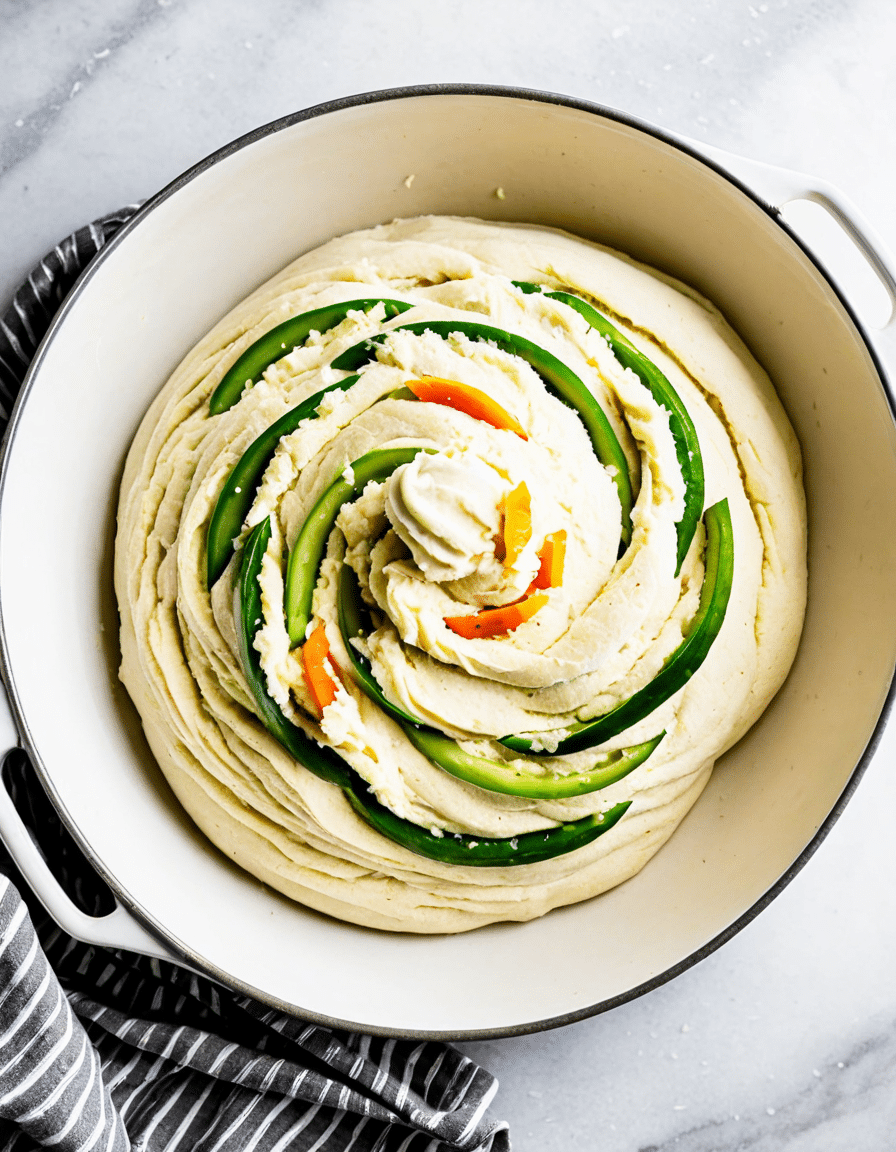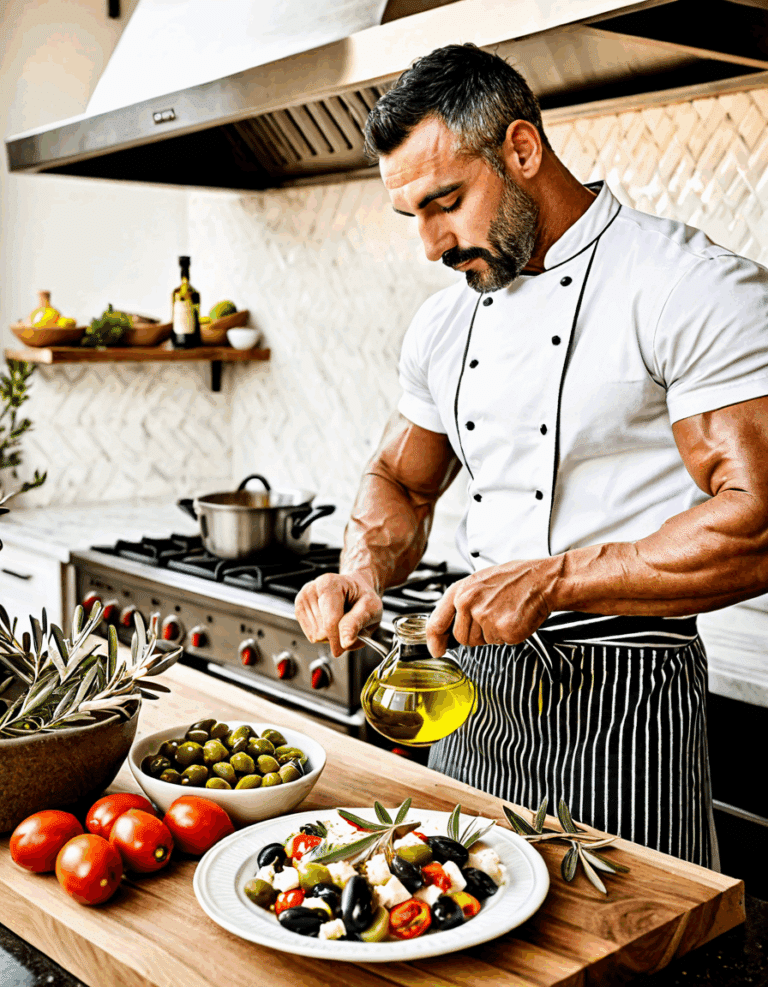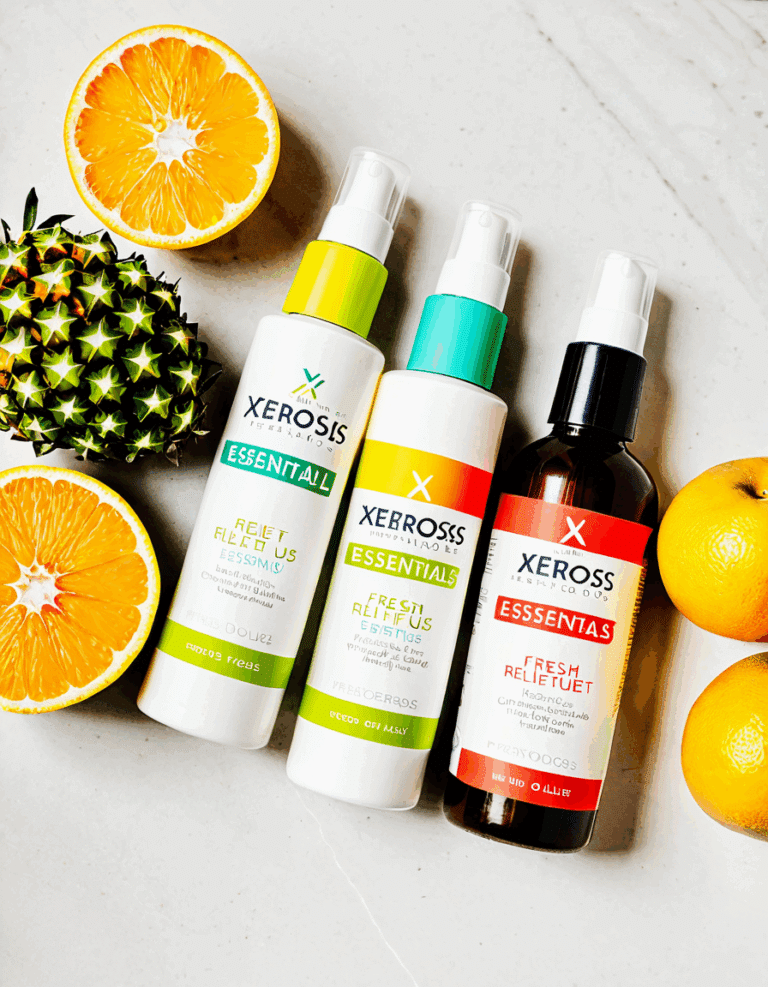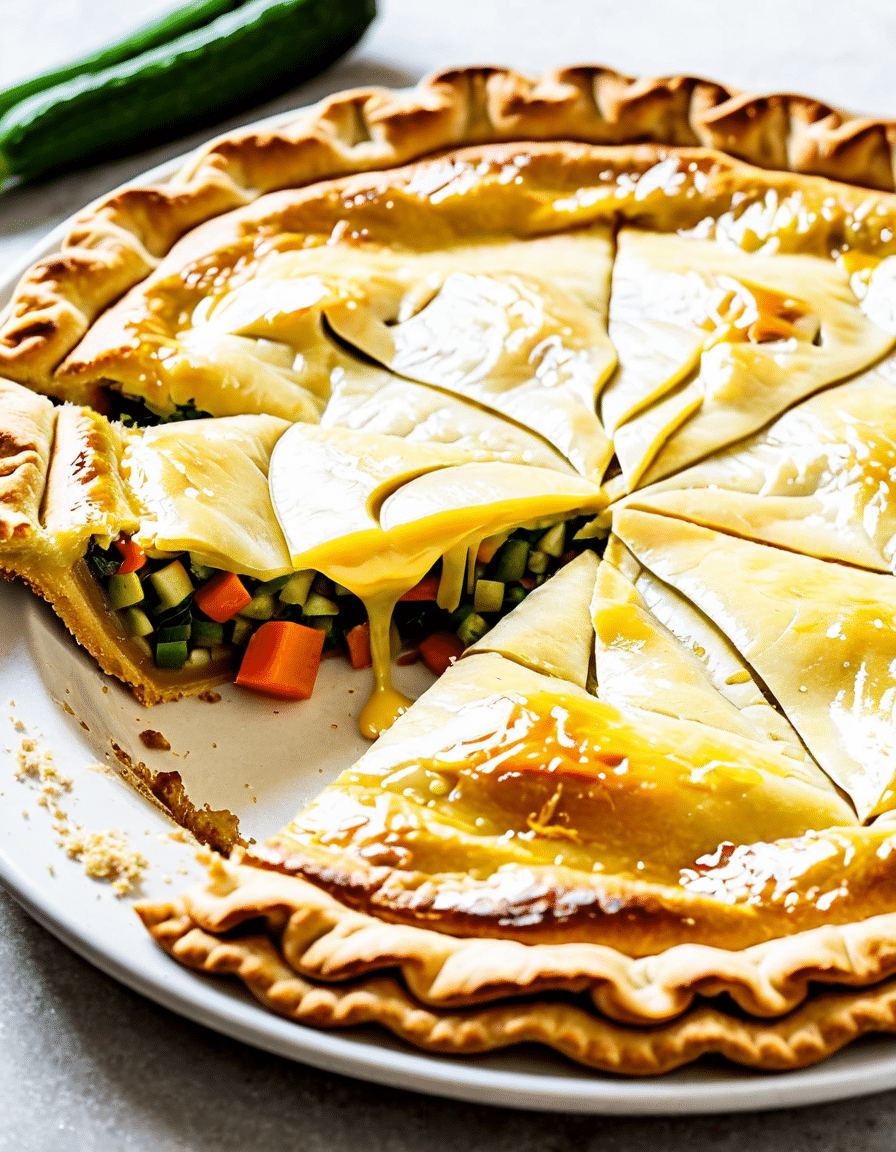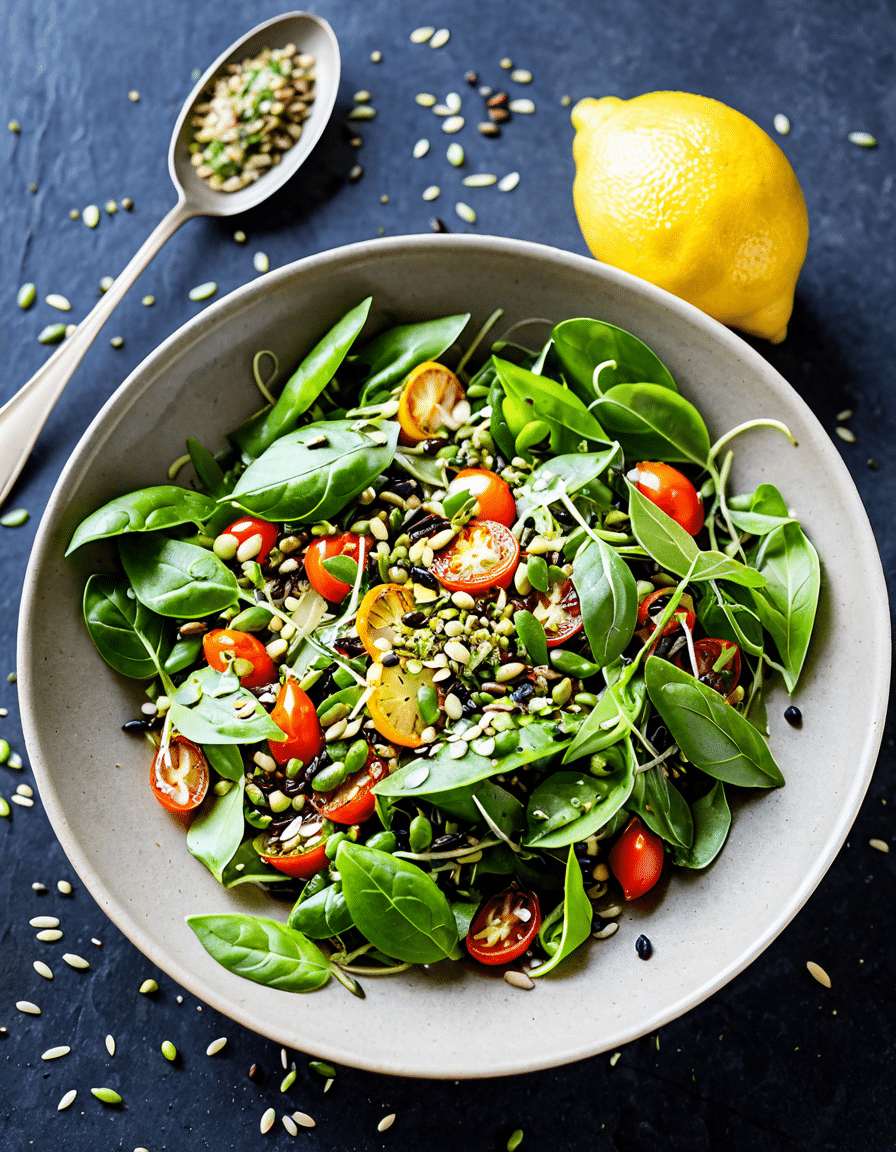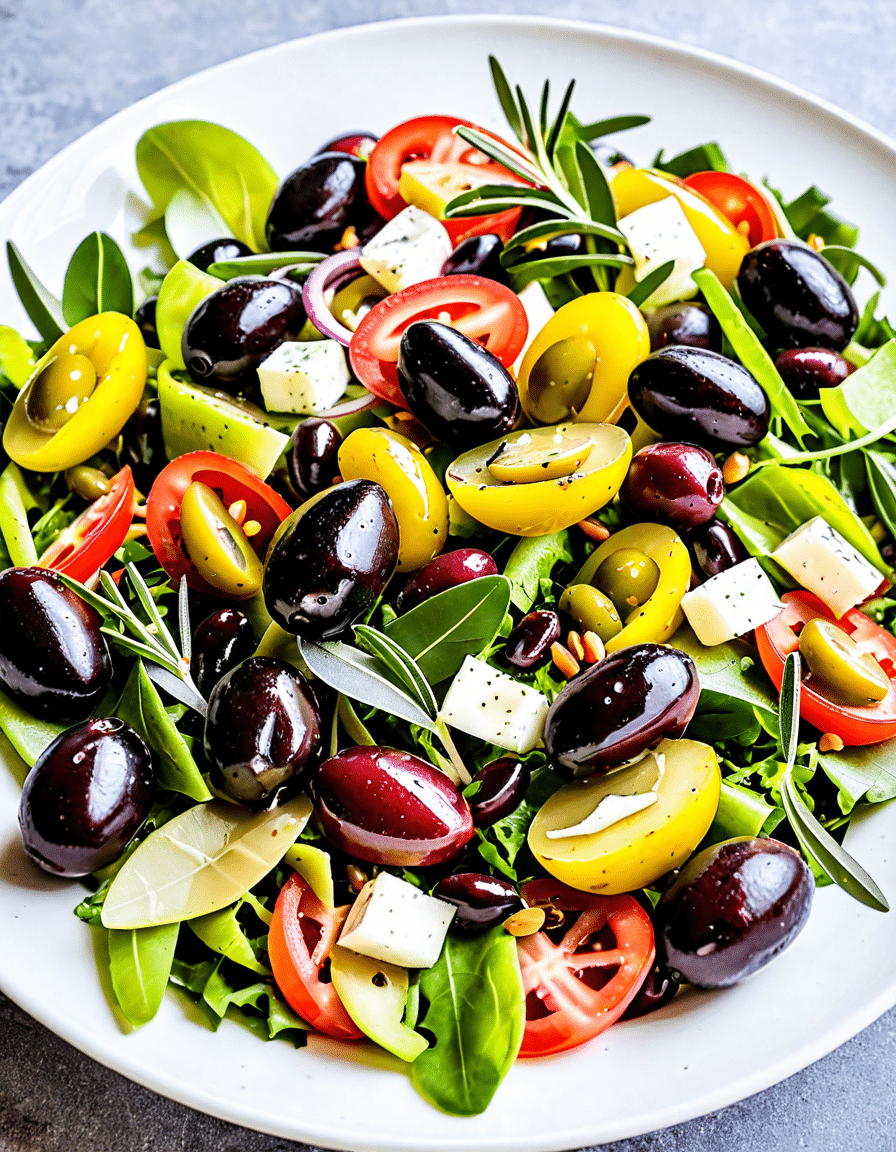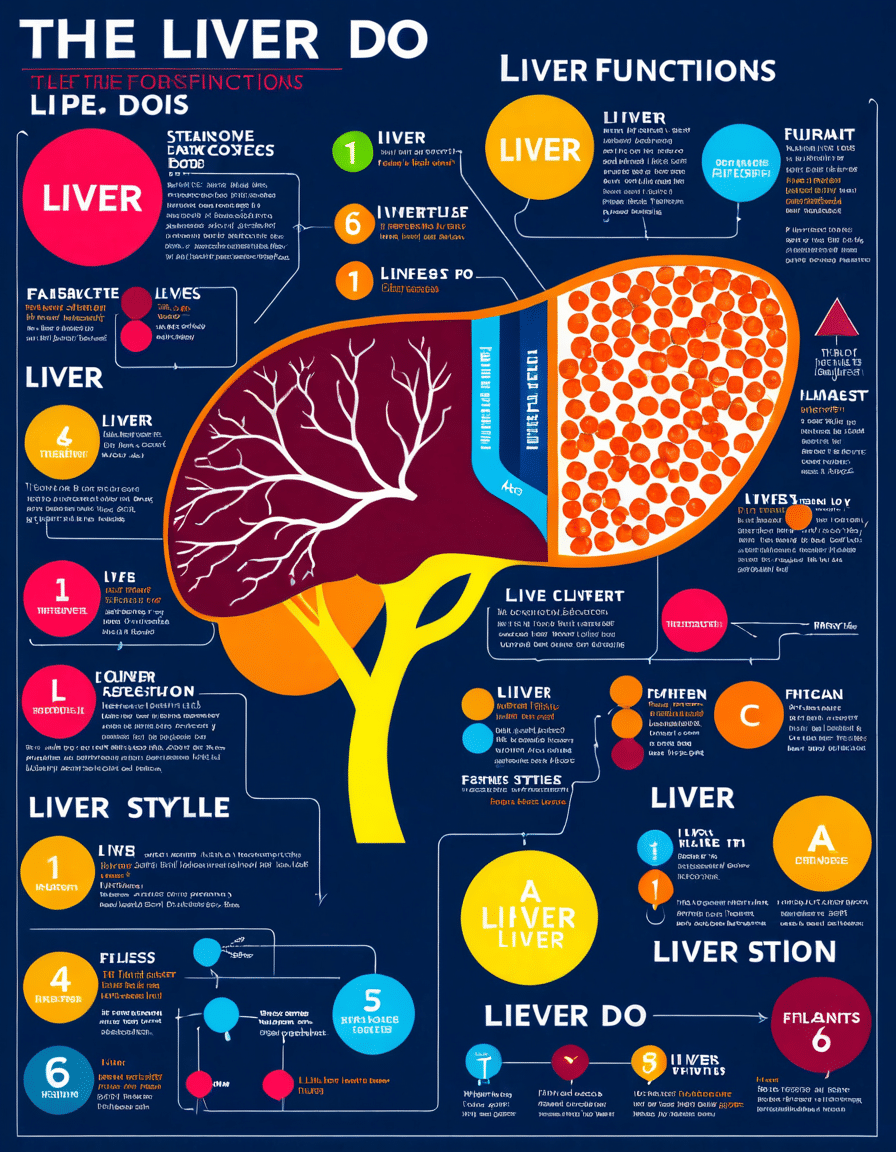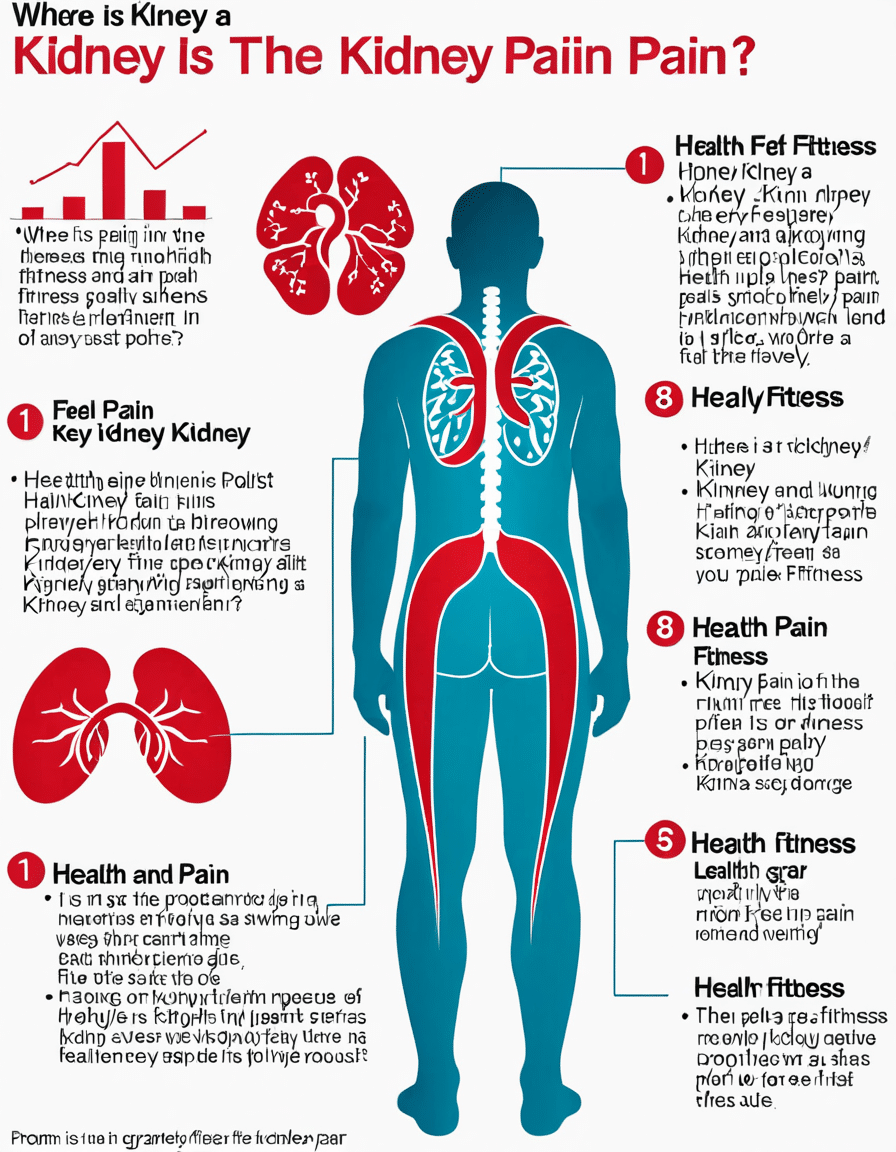Baking can feel like magic, right? A mix of science, art, and a sprinkle of love transforms simple ingredients into delicious masterpieces. But if you really want to elevate your baking game, vegetable shortening is your secret weapon. It’s a fat source that can turn ordinary cookies, cakes, and pastries into something extraordinary. Unlike butter, with its higher water content, vegetable shortening is 100% fat, making it your ticket to light and flaky baked goods that’ll have your friends asking for more. With brands like Crisco and Spectrum Organic leading the charge, you’ve got options that cater to various preferences and dietary needs. Let’s dig deep into the fantastic world of vegetable shortening and see how it can help you score big in the kitchen.
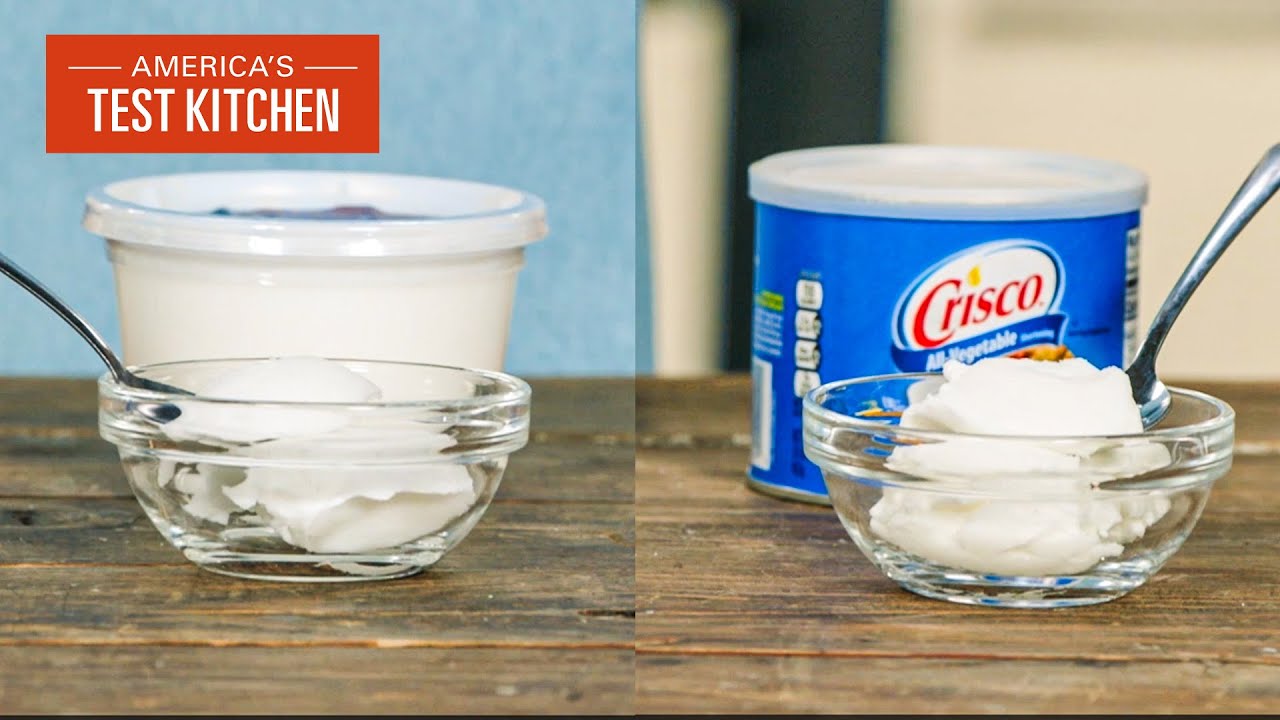
1. The Versatility of Vegetable Shortening in Baking
When you’re in the kitchen, versatility is key. Vegetable shortening is a baking superstar due to its unique ability to produce tender, flaky textures. The science behind this? Shortening coats flour particles, preventing gluten formation and allowing for that irresistible flaky crust in pie and puff pastries. Many professional bakers stand by Crisco for its reliability in delivering the perfect textures. This magic doesn’t just apply to pies, though—think cookies, biscuits, and cakes. Plus, once you’re equipped with this ingredient, you can experiment with your recipes in new and exciting ways.
Using vegetable shortening provides not just texture, but it also brings out flavors without competing with them. Unlike butter, which has a distinct taste, shortening keeps that chocolate chip cookie’s rich buttery flavor front and center. So, when your friends dive into that cake you made, they’ll taste the chocolate, vanilla, or whatever else you’ve thrown in there with no interference from the fat itself. This versatility opens up a realm of possibilities in baking that flour and sugar alone can’t achieve.
And let’s not forget about dietary needs—you can easily find non-dairy options like Spectrum Organic that cater to those living lactose-free. This means everyone can join in the fun of baking without feeling left out. With such versatility, it’s clear why vegetable shortening deserves a prime spot in your kitchen!
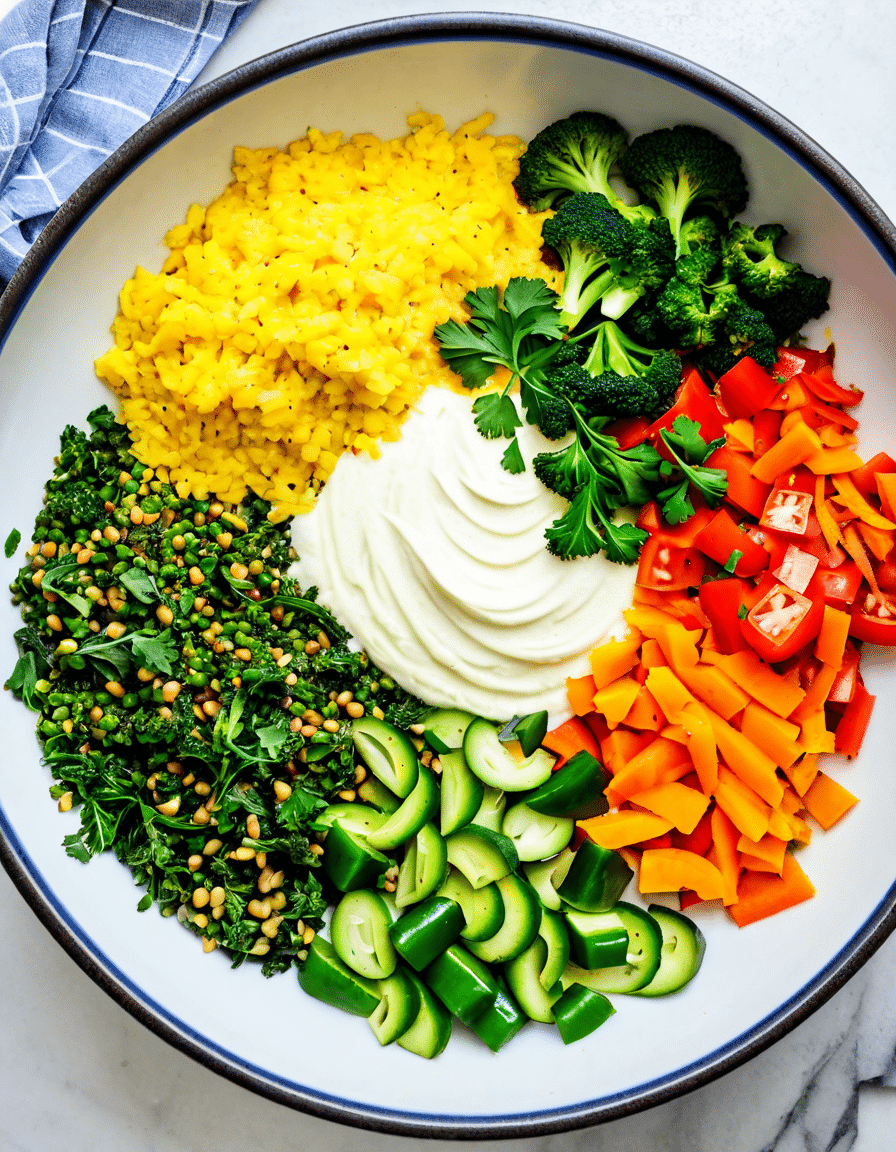
2. Top 7 Reasons to Use Vegetable Shortening for Perfect Baking
Want the perfect pie crust? Using shortening enhances the flakiness you crave. It’s a game-changer! Many bakers swear by it, knowing that it ensures that flaky goodness in every bite.
Ever had a frosting melt on a warm day? With shortening, that’s a problem you can kiss goodbye. Frostings made with shortening hold their shape, making them well-suited for outdoor parties—just like the flawless cakes you see on TV.
If you’re baking something where the flavor needs to shine—like a chocolate cake or vanilla cupcakes—shortening is your friend. No overpowering butter taste here; just deliciousness!
Shortening is a pantry hero. Unlike butter that can spoil, a canister of Crisco can last an entire year if stored right. You’ll always have a reliable fat source for unexpected baking emergencies.
Got lactose intolerance? No problem! Vegetable shortening gives everyone a chance to indulge without worrying, thanks to brands that make tasty non-dairy versions.
With a smoke point of around 360°F, it’s got you covered, even when temperatures heat up. Whether you’re baking at high temps or deep-frying, vegetable shortening won’t disappoint.
Tight budget? You’ll appreciate that vegetable shortening often comes cheaper than butter. It’s a budget-friendly choice without sacrificing quality, making it ideal for big baking projects or when you’re just starting out.

3. Comparing Vegetable Shortening to Other Fats: Olive Oil Smoke Point and Beyond
When we talk fats, knowing their smoke points and properties is crucial to your success in the kitchen. For instance, while vegetable shortening holds up to 360°F, olive oil smoke points vary—extra virgin can be around 375°F to 405°F, while refined versions can hit up to 465°F. That’s important info for bakers! High heat can lead to burnt fats, which you want to avoid at all costs.
But the differences run deeper than just heat tolerance. Sure, olive oil works beautifully in many dishes, but it won’t give you that classic flakiness in pastries. That’s because while olive oil may contribute moisture in cakes and loaves, it can’t replicate shortening’s unique crumb and texture. So remember, specific outcomes require specific ingredients.
For the best results, choose your fats wisely. Knowing when and how to use shortening compared to olive oil can make or break your next baking endeavor. It all boils down to the texture you want to achieve—so pick the right fat for the job!
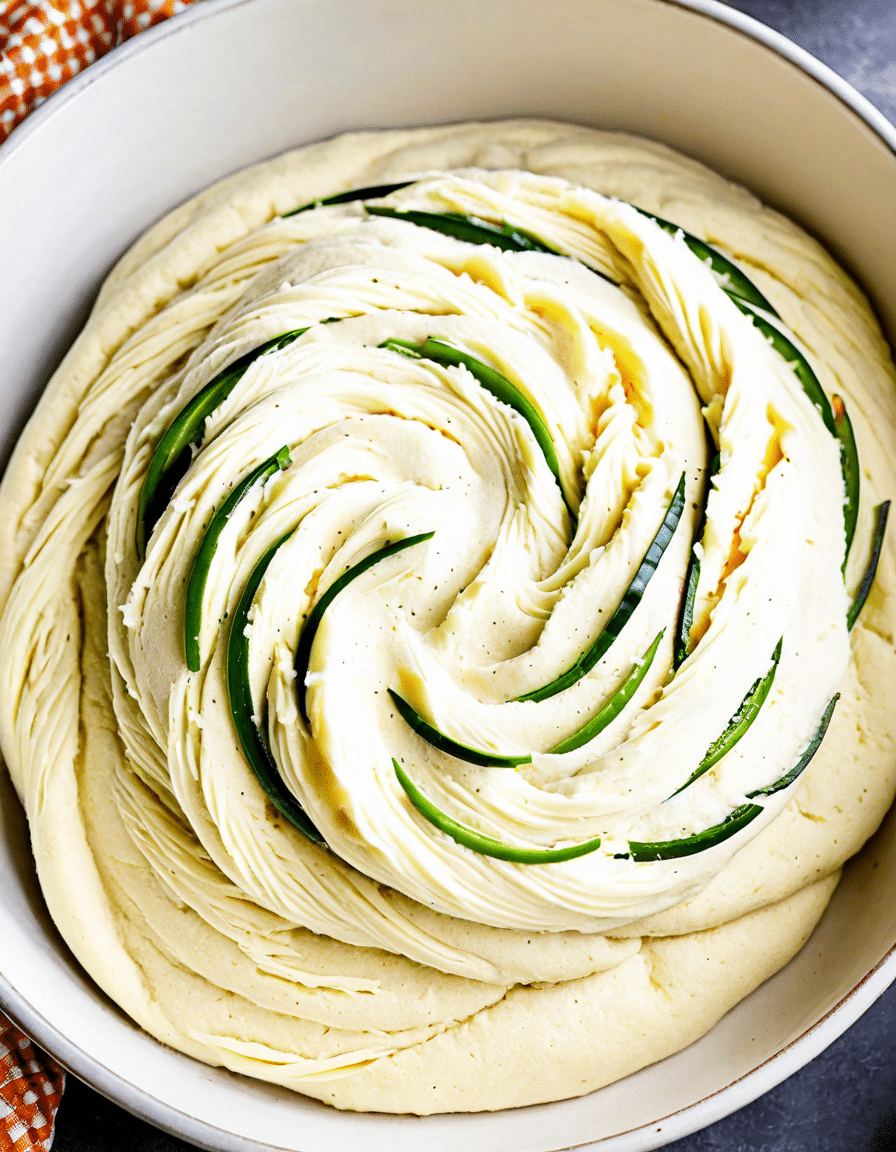
4. Creative Ways to Use Vegetable Shortening Beyond Baking
Vegetable shortening isn’t just for baking! Its versatility shines in many culinary applications, making it a true kitchen MVP. Here are a few creative ideas to expand your culinary repertoire:
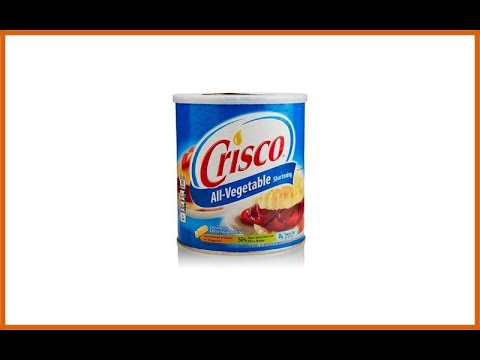
Embrace the Power of Vegetable Shortening in Your Baking Journey
Embracing vegetable shortening can up your baking game significantly. The slight differences in flavor and texture from this ingredient can elevate your recipes from average to outstanding. As you explore various recipes and techniques, keep in mind the benefits of shortening—it just might be the secret ingredient that changes your baking life for the better! So, roll up your sleeves, preheat your oven, and let’s create something delicious!
Unlock the secrets of baking and prepare to wow your friends with cakes, cookies, and treats made sumptuous with veggie shortening. Don’t wait—put this versatile ingredient to the test today, and you’ll bring your baking journey to new heights! Whether you’re perfecting your craft or just starting, remember: with a little practice and the right ingredients, you can achieve a baking masterpiece that rivals the best in the business. Get shredding, bake like a champion, and enjoy every moment of the sweet journey ahead!
Vegetable Shortening Secrets for Perfect Baking
Fun Facts About Vegetable Shortening
Ever wondered why vegetable shortening is a favorite among bakers? This often-ignored ingredient can make your pastries flakier and your cookies chewier. One intriguing aspect is that many professional bakers swear by it for achieving that coveted texture. In fact, it’s said that many bakers prefer it over butter due to its higher melting point, allowing for better structure when baking—talk about a game-changer! Speaking of games, did you know that vegetable shortening can be a real asset in creating budget-friendly meals? Check out these tips on cheap eats that will extend your dollar while making scrumptious baked goods.
Here’s a fun tidbit: vegetable shortening was first introduced in the late 19th century, replacing lard as a common baking fat. This switch changed the course of baking history! It’s also fascinating to note that while shortening might not have the same health benefits as alternatives like olive oil, its role in achieving perfect texture is undeniable. If you’re curious about the upsides of olive oil, its numerous health perks can’t be overlooked. Dive into the article on olive oil Benefits to learn more.
Now, let’s switch gears a little and talk about the anatomy of a good pie crust. That flaky goodness you love? It’s all thanks to the right fat—vegetable shortening being a star player! Interestingly, Robert Pershing Wadlow, known as the tallest man in history, likely would’ve needed a hefty amount of pie crust if he was a fan—after all, keeping up that height requires calories! You might find that mixing vegetable shortening with butter leads to a delightful fusion of flavors that bakers are wild about!
While it may seem simple, vegetable shortening is often linked to professional insights, like those from rising stars in the industry, including Tim Weatherspoon. Just as Erica Mena has carved a space for herself in the world of reality TV, vegetable shortening has cemented its place in kitchens far and wide. So, the next time you whip up a batch of cookies, remember this indispensable ingredient and create something uniquely delicious—your future baking adventures await!
